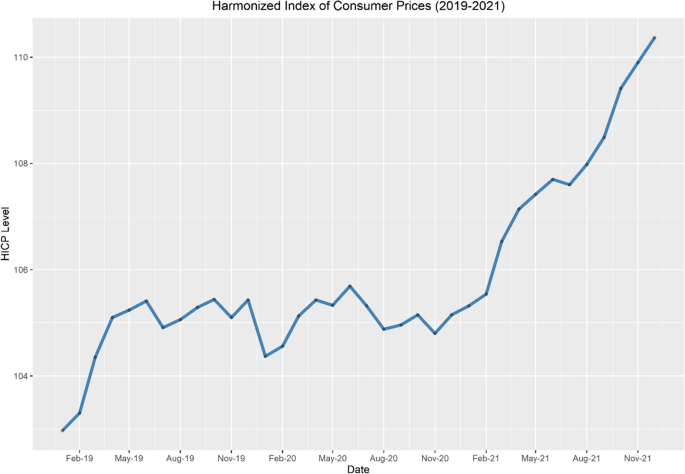
Central bank policies have long been a cornerstone in shaping the dynamics of the foreign exchange (forex) markets. As monetary authorities wield the power to influence currency valuations, their decisions resonate across the globe, affecting traders' strategies and market stability. Recently, the Bank of Canada (BoC) has emerged as a focal point of attention in forex circles. With its aggressive monetary policy stance, the BoC's series of rate cuts have caused significant ripples in the market, prompting a reevaluation of currency valuations and trader approaches worldwide.
The BoC's decision to cut rates for the seventh consecutive time on March 12, 2025, as reported by ForexLive, marks a continuation of a trend aimed at stimulating the Canadian economy. The current overnight rate, now at a historic low, reflects the central bank's proactive stance in combating economic slowdown amid a volatile global landscape. This move has not only impacted the Canadian dollar (CAD) but has also influenced global currency pairs as traders adjust their positions in anticipation of further policy shifts.
Global Implications of the BoC's Policies
The implications of the BoC's rate cuts extend beyond Canada's borders. With the CAD being a significant player in forex markets, its depreciation against major currencies like the US dollar (USD) and the euro (EUR) has altered trading dynamics, as noted in Forexlive's coverage. As central banks globally monitor and respond to the actions of their counterparts, a ripple effect ensues, leading to recalibrations in exchange rates and investment flows.
For instance, the USD/CAD pair has experienced heightened volatility, with traders keenly watching for signals of a potential reversal in the BoC's policy direction. "The persistent rate cuts have made the CAD less attractive from a yield perspective," said Julie Andersen, a senior market analyst at FX Capital Markets. "However, this also opens opportunities for carry trades as investors seek higher yields elsewhere, impacting cross-border capital movements."
Strategic Adjustments in the Forex Market
Market participants are increasingly adopting a more cautious approach, leveraging both fundamental and technical analysis to navigate the uncertainties posed by central bank interventions. Technical indicators, such as moving averages and relative strength indices, have become essential tools in identifying potential entry and exit points amidst fluctuating market conditions.
According to a recent report by Barchart, the market's reaction to the BoC's policy has also been a catalyst for increased speculative trading activity. The expectation of further monetary easing has led to a surge in demand for safe-haven assets like gold, which recently approached a record high of $2,956 per ounce, as highlighted in TradingView's analysis.
The Broader Economic Context
While the BoC's rate cuts are primarily targeted at domestic economic challenges, the broader economic context cannot be overlooked. Global geopolitical tensions, trade disputes, and economic slowdowns in major economies contribute to an environment of uncertainty that central banks must navigate carefully. These factors, combined with the BoC's actions, create a complex web of influences that traders must decipher to make informed decisions.
In particular, the ongoing tariff disputes and potential trade wars, as noted in Forexlive's coverage, continue to play a significant role in shaping market sentiment. Such developments can lead to abrupt shifts in currency valuations as market participants adjust their portfolios in response to changing risk patterns.
Looking Ahead: Strategic Considerations for Traders
As central banks like the BoC continue to grapple with economic challenges, traders are advised to stay vigilant and adaptable. The integration of real-time data and algorithmic trading strategies can provide a competitive edge in anticipating and reacting to market movements precipitated by central bank policies. "In this climate, diversification and risk management are key," advises Mark Haynes, a portfolio manager at Global Forex Strategies. "Traders should be prepared for both short-term volatility and long-term structural shifts in the forex landscape."
Moreover, keeping abreast of central bank communications and economic indicators is crucial for forecasting potential monetary policy adjustments. As the forex market remains a reflection of broader economic dynamics, an understanding of the interconnectedness between central bank policies and global economic trends will enable traders to navigate the complexities of the market effectively.
In conclusion, the BoC's recent rate cuts underscore the profound impact that central bank policies have on the forex markets. As traders adapt to these policy shifts, a comprehensive approach that combines technical analysis, fundamental insights, and strategic diversification will be imperative in capitalizing on opportunities while mitigating risks in an ever-evolving market landscape.